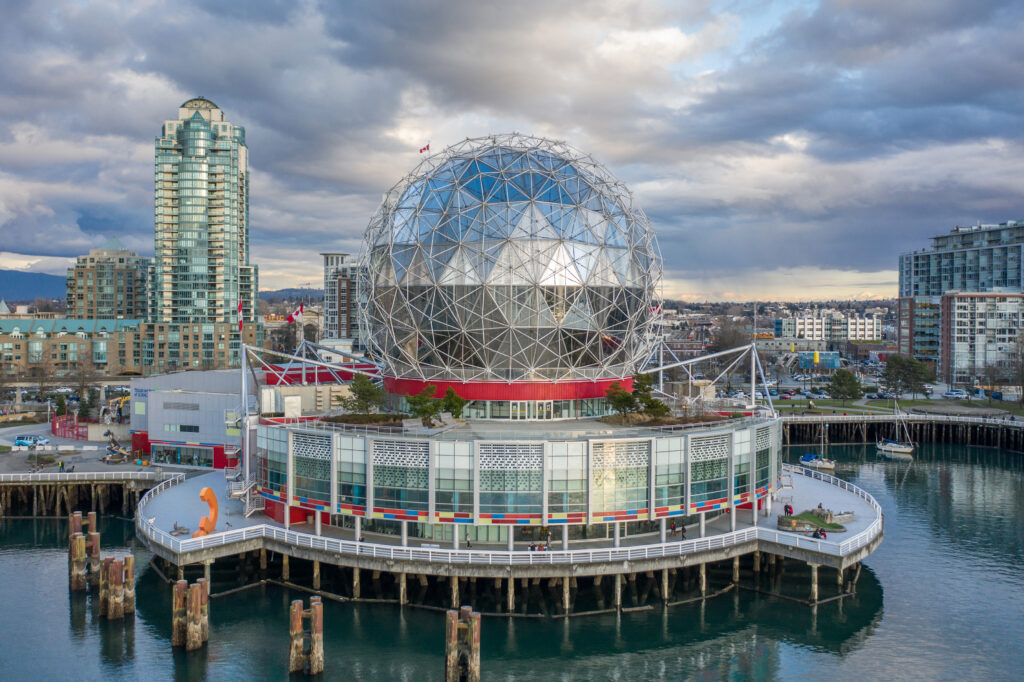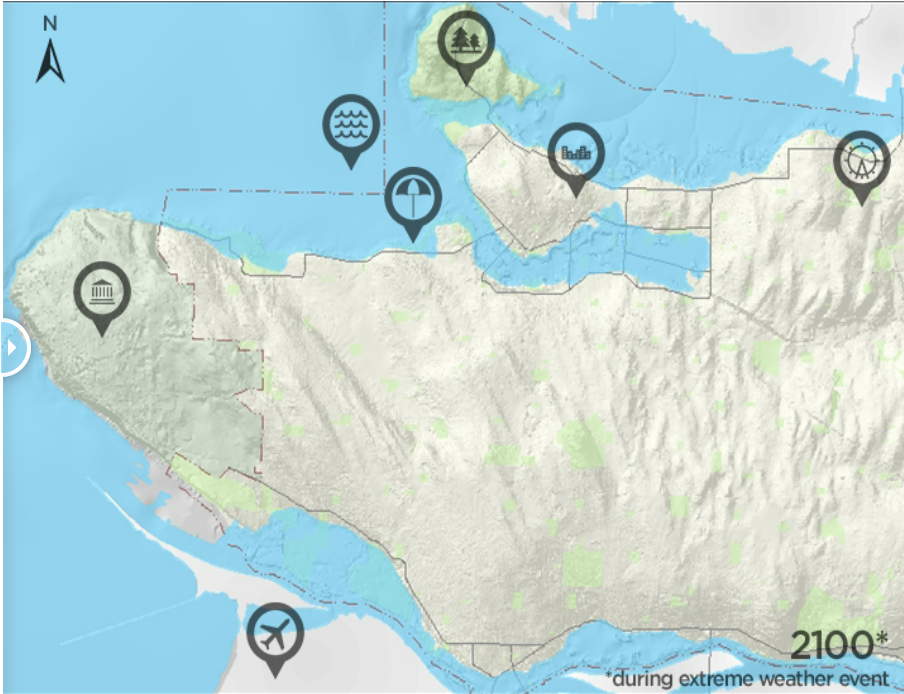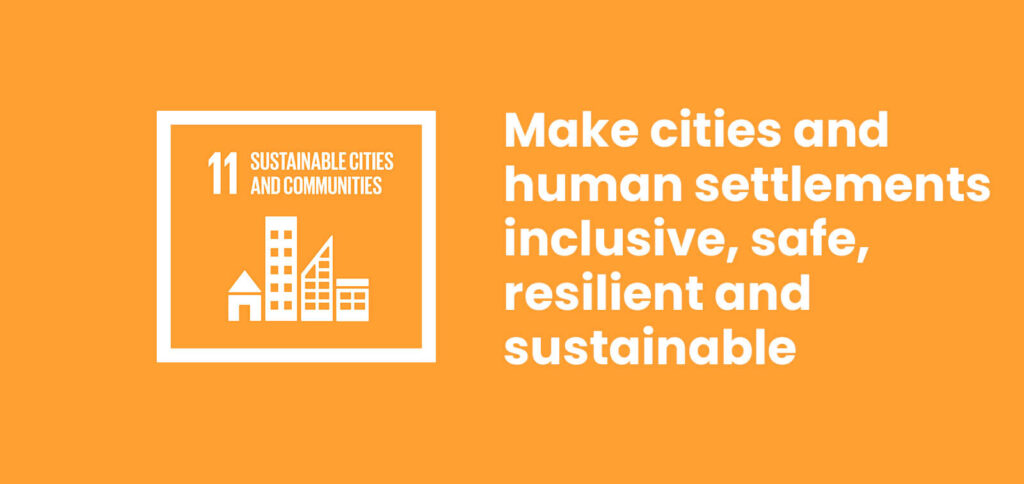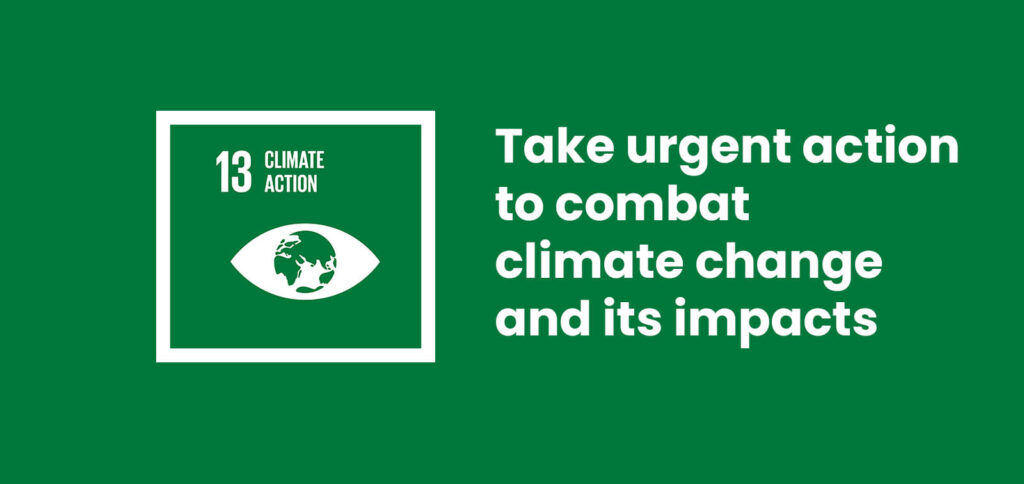Objectives
-
Understand that communities are researching, planning, and building adaptation structures along the coastline to prepare for rising sea levels
-
Know that sea level rise causes more frequent and severe coastal flooding and can damage infrastructure and places we care about
-
Model how sea level rise changes the shoreline through erosion and test if it will damage infrastructure
-
Define four key adaptation options – i.e., resist, accommodate, avoid, and advance
-
Build and test examples of these strategies to save Science World – e.g., dike, stills, etc.
-
Recognize that moving the city or infrastructure isn’t always a viable solution
-
Research local plans and actions that have happened in their neighbourhood
Materials
-
Sand
-
Water
-
Spoon
-
Shallow bin or paint pan liner
-
A paper dome – make the same one we did by Simon Quellen Field from Sci-Toys
-
Tape
-
Scissors
-
Food colouring – we used blue!
-
Sticks (natural or popsicle)
-
Rocks
-
Vegetation – e.g., leaves, grass or whatever else you can find outside
Key Questions
-
What happens to your shoreline when you make faster or slower waves?
-
What happens to your shoreline when you add more water and “sea level rises”?
-
How much water did you need to add to make the waves reach your structure?
-
Which solution, i.e., resist, accommodate, avoid, and advance, do you like best? Why?
-
Where would living creatures or wildlife live in your proposed solution?
-
What would need to happen to move Science World or other infrastructure away to avoid flooding? Is this possible?
-
Will sea level rise impact your neighbourhood?
-
What things in your community might be vulnerable to sea level rise or flooding?
What To Do
Explore what happens to shoreline when sea level rises
Step 1 – Make Your Demonstration Tub: 1) Make a paper science world dome. 2) Pile the sand to one side of your tin to form a shoreline. 3) Add some water to the other side and dye it with your food colouring to make it easier to see. 4) Add your paper structure on the sand to represent your house – or even Science World!
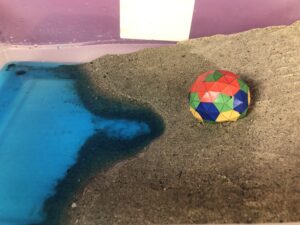
Step 2 – Observing Sea Level Rise: 1) Place the spoon on the water line and move it up and down to create waves. What happens to your sand shoreline? What do you notice? 2) Now, pour some more water into the pan – this water represents how sea levels will rise. What happens when you create waves now? How much farther in do the waves go? How much water is needed to reach your structure?
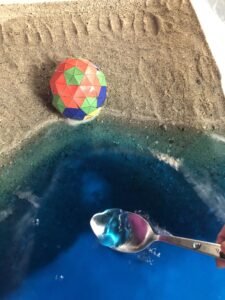
Time to protect your structure from sea level rise
You could resist coastal flooding by building structures like walls or building it up with stabilizing vegetation to shelter buildings. If you want to allow flooding to happen, you could accommodate it by raising the building higher. Relocating structures away from the shoreline would avoid areas where flooding happens. Try to advance the shoreline forward and building it up – don’t forget to add places for wildlife to live!
Step 3 – Building a Solution: 1) Pick one of the strategies described above – or explore the other resources below to come up with an adaptation strategy to protect your structure. 2) Gather some building materials and get to work! Don’t forget to leave spaces for wildlife to live! 3) Grab your spoon and see if the water can reach your structure now. 4) Refine your structure or try a new solution and see which you like best. 5) Does it still work when you add even more water?
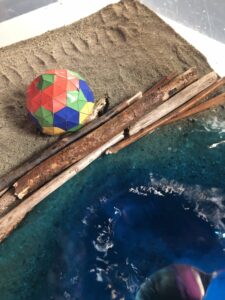
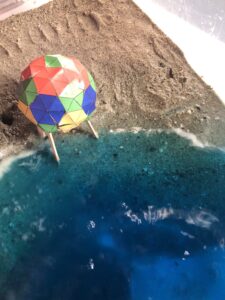
Extensions
-
Be an advocate! If you live along the coast, research if your community has a plan to adapt to sea level rise. There are some great resources below to see what is happening in Vancouver.
-
Write a letter to your local government and share why planning for increased coastal flooding is important and which places you want to protect.
-
Spread the word. No matter where you live, make sure your friends, class, neighbors, and elected officials know that sea level rise and climate change is happening.
Other Resources
Check out what is currently happening in Vancouver to Rise to the Challenge on sea level rise.

The activity supports and is aligned with the UN SDG’s Climate Action and Sustainable Cities and Communities.
Thank you to our supporters
Science Spotlights and their companion activities are a GenAction initiative, presented by Odlum Brown, and supported by the Government of Canada.
